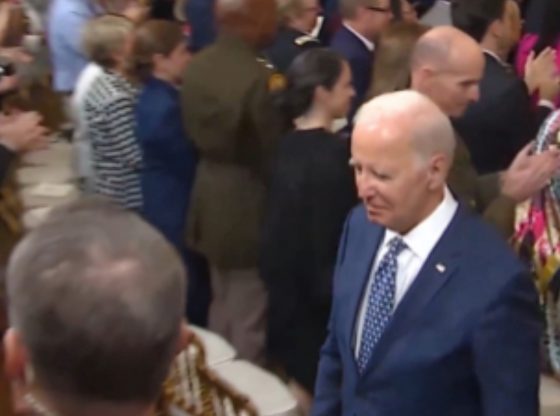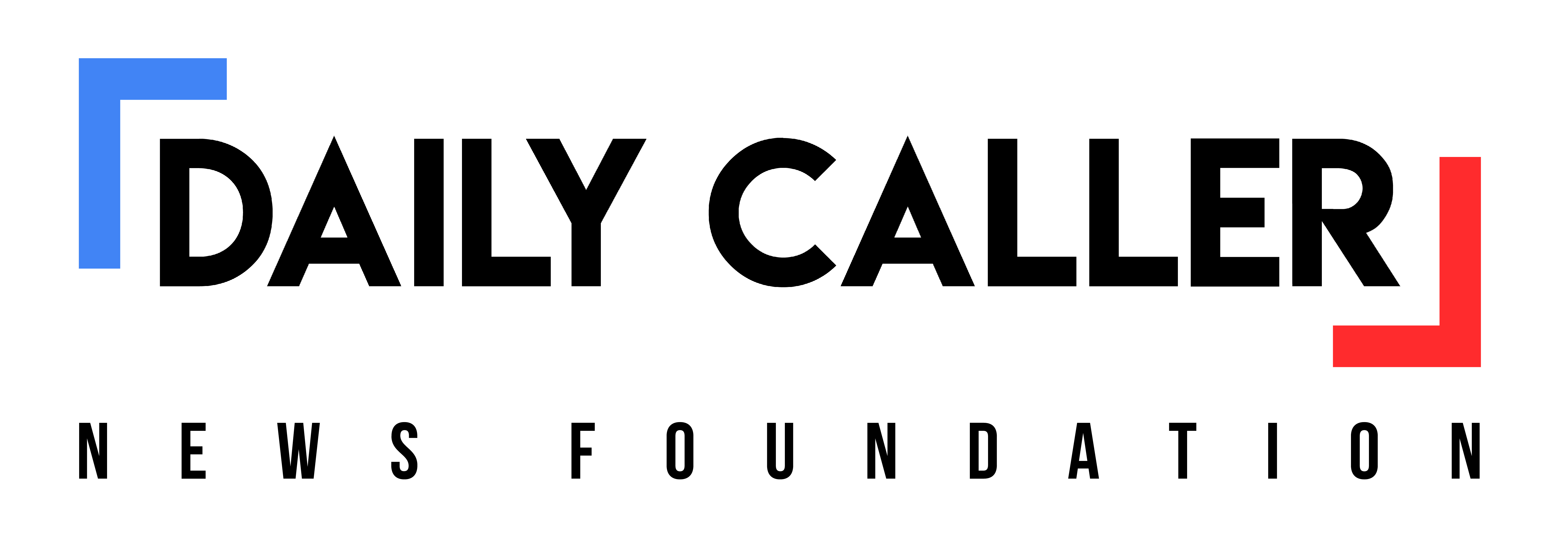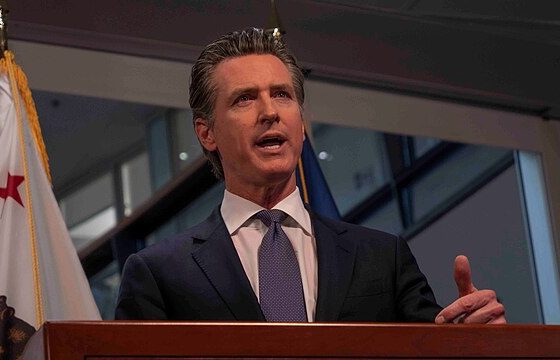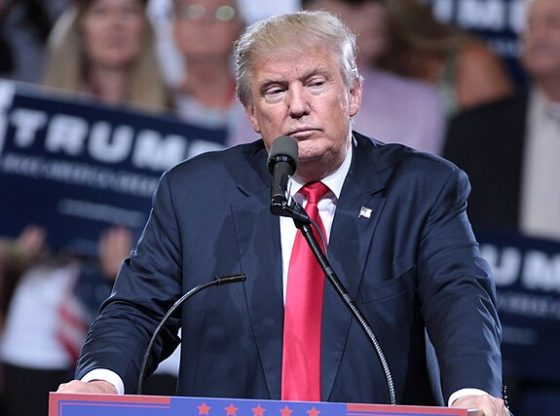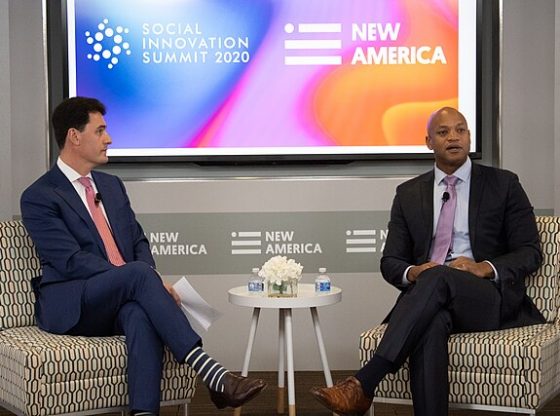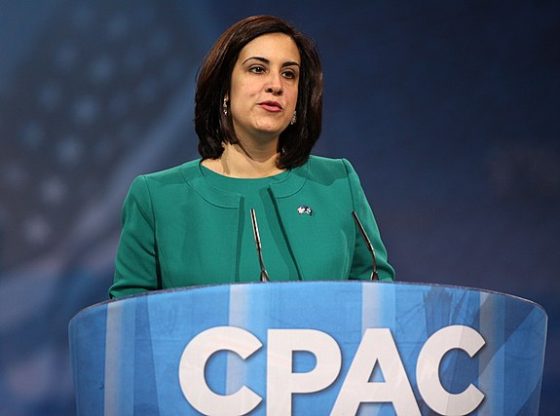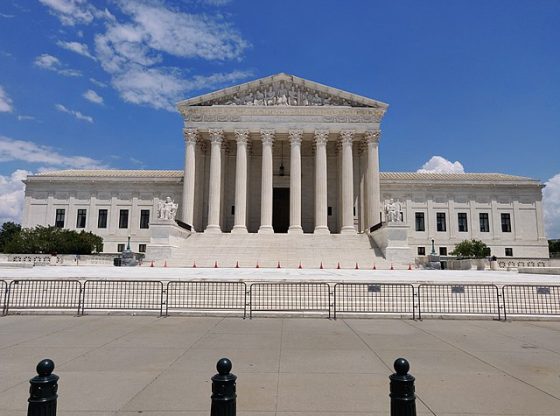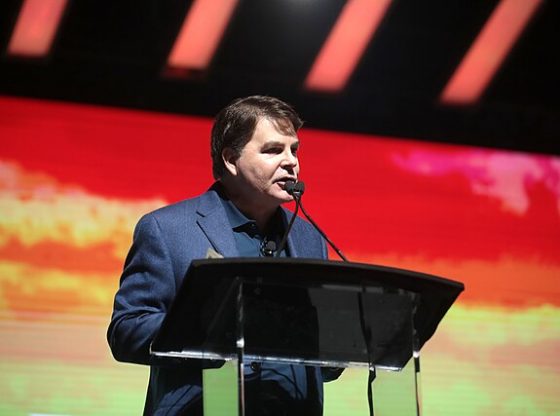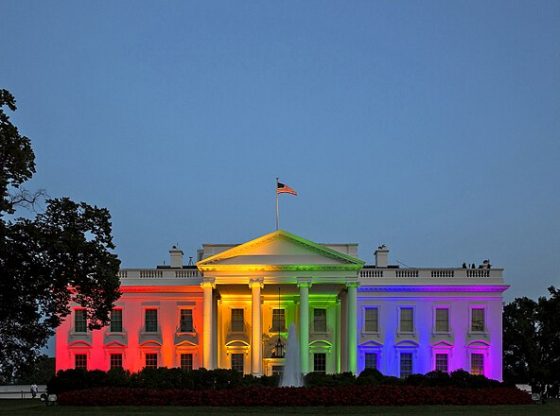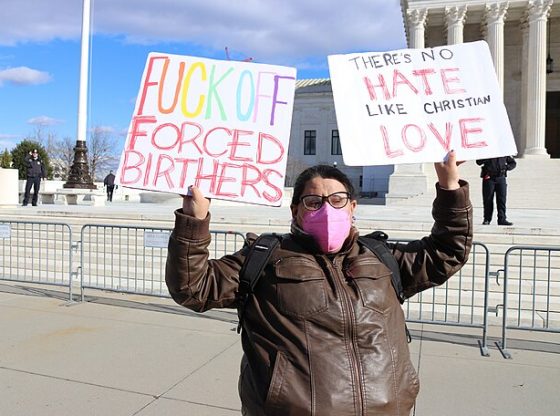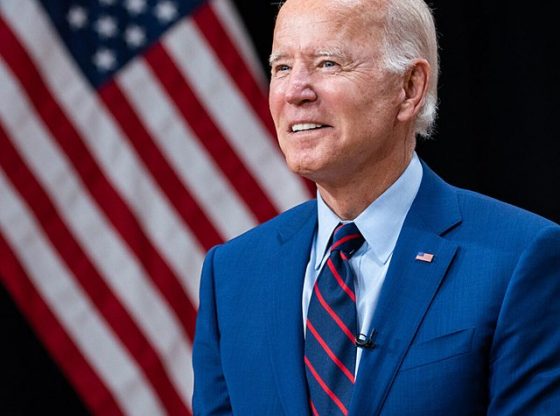As long as President Joe Biden continues his high government spending policies, inflation is not likely to return to previously normal levels without seeing economic repercussions, according to experts who spoke to the Daily Caller News Foundation.
The last time the Consumer Price Index (CPI), a measure of inflation, was below 3% year-over-year was in March 2021, two months after Biden took office, with the CPI last measuring at 3.7% for September, despite the Federal Reserve’s inflation target being just 2%, according to the Federal Reserve Bank of St. Louis. To return to the Fed’s target, which was common in the decade preceding Biden without difficulty or economic repercussions, the president would have to give up his high-spending policies that have been a signature of his economic policy, according to experts who spoke to the DCNF.
“It is possible that inflation returns to 2%, but poor fiscal policy can make it much harder and more unlikely,” Jai Kedia, a research fellow in the Center for Monetary and Financial Alternatives at the Cato Institute, told the DCNF. “There’s an economic theory called the ‘fiscal theory of the price level’ and it suggests that a stable economy requires good coordination between both monetary policy and fiscal policy. In a situation where the fiscal authority keeps spending without attempting to balance their budget, it is much harder for the monetary authority to meet its targets.”
Biden has pushed a number of high-spending initiatives as part of his fiscal policy, including the American Rescue Plan that was signed in March 2021, which authorized $1.9 trillion in new stimulus spending to provide relief during the COVID-19 pandemic. The president also signed the Inflation Reduction Act in August 2022, which approved $750 billion in new spending, with $370 billion of that going to green initiatives aimed at combating climate change.
“We must continue to remember that it is not only monetary policy that determines inflation,” Michael Faulkender, chief economist and senior advisor for the Center for American Prosperity, told the DCNF. “It is also fiscal and regulatory policy. Yes, monetary policy can get us back to 2% if the Fed keeps raising interest rates high enough. The problem is that the Biden Administration keeps pouring gasoline on the inflation fire by running $2 trillion deficits while imposing costly regulations that take supply offline.”
Following the president’s high spending policies, the national debt has ballooned to over $33.5 trillion, a record high, while the average interest on the debt rate edges towards 3%, according to data from the Treasury Department. Higher interest rates mean that the debt could become increasingly costly as the amount required to service the debt grows commensurately with interest rates and the amount owed.
“Such stimuli to demand combined with constraints in supply (from fiscal and regulatory policy) induce inflation that requires higher interest rates from the Fed,” Faulkender told the DCNF. “This of course damages the economy by making housing unaffordable, damages banks, and curtails private sector investment. In other words, Bidenomics’ big government top-down central planning deters private sector activity in favor of ineffective government programs. The Fed can get to 2% inflation by putting the economy in a recession.”
The Fed has raised rates 11 times since March 2022, bringing the federal funds rate to a range of 5.25% and 5.50%, and could raise rates again this year at either of the two Federal Open Market Committee meetings scheduled.
Consumer expectations can serve as a force pushing up inflation as businesses raise prices anticipating future inflation, among other factors, leading to a need to raise interest rates even higher in order to counteract that anticipation.
“Expectations always play a key role and consumer expectations of annual inflation from the Michigan Survey of Consumers are still high,” Kedia told the DCNF. “However, these numbers are on a downward trend so I would expect them to keep reducing. I doubt that there is any ‘permanent damage’ to consumer inflation expectations.”
Consumer sentiment was at 63 points in October, compared to 68.1 in October, but was up 5.2% year-over-year, meaning that consumers are more confident about the economy than they were a year ago, according to the Survey of Consumers from the University of Michigan. In terms of inflation expectations, consumers were less optimistic, expecting inflation over the next year, starting this October, to total 3.8%, up from 3.2% in September.
“Until Congress and the Fed both get their acts together, we aren’t going to return to 2% inflation, let alone no inflation, which is what the target should be,” E.J. Antoni, a research fellow at the Heritage Foundation’s Grover M. Hermann Center for the Federal Budget, told the DCNF. “I believe the Fed laid out its plan for alternating between quarter-point hikes and pauses months ago and it will use any data available to justify either decision.”
The White House did not immediately respond to a request to comment from the DCNF.
Will Kessler on October 15, 2023

